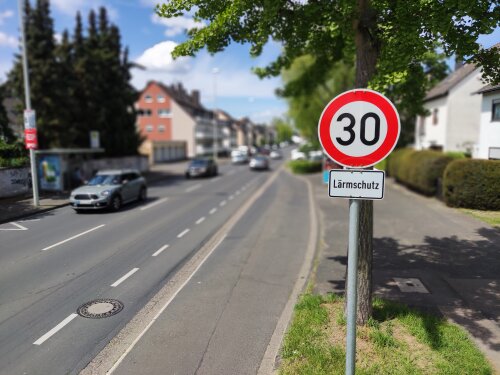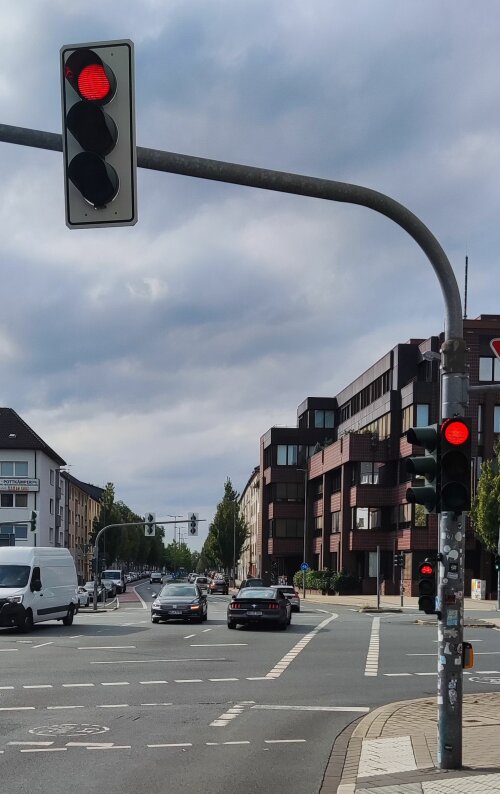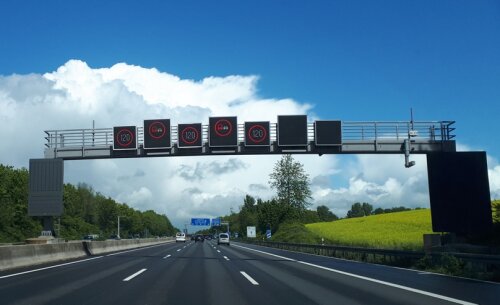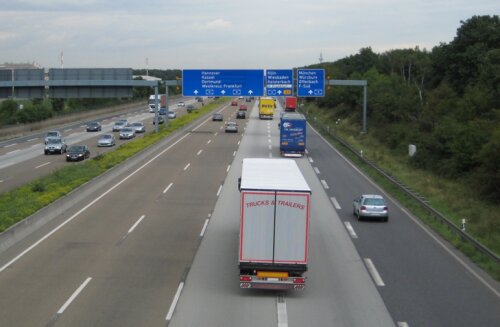
The primary school years are an important time for children to develop their mobility behavior and become independent road users. Children need to be able to make their way to school safely and - in preparation for secondary school - also independently at some point. Areas with poor visibility or poor lighting, narrow sidewalks or crossing roads are particularly difficult places on the way to school. This often leads to parents taking their children to school, even for short distances, usually by car. In order to support primary school children in their own safety, but also in their independence, mastering the journey to school is a particularly important component that can form the basis for active and sustainable mobility. The aim of the project is to adapt the routes to school for the city of Hattingen to the needs of pedestrians in the interests of sustainable mobility for schoolchildren and to identify design and organizational potential for optimization for all nine elementary school in the city.

Since 1957, a maximum speed limit of 50 km/h has been prescribed on local main roads. In the context of public and political discussions on improving air pollutant and noise emissions as well as traffic safety, a reduction of the speed limit to 30 km/h or 40 km/h on main roads is increasingly being considered. The aim of the research project is to analyze the effects of a reduction in the speed limit on traffic quality at junctions with right-of-way control and the adjacent routes. For this purpose, capacities as well as limit and following time gaps are measured and specific behaviors of road users are examined. In addition, the influence of pedestrian and bicycle traffic on the capacity of priority junctions is taken into account and modeling approaches are reviewed. The results will be prepared with a view to a traffic engineering design for the update of the HBS 2015.

Joint signaling of turning motor vehicle traffic and parallel non-motorized traffic (especially bicycle traffic) poses safety risks and can lead to serious accidents at intersections with traffic lights. However, signal protection or separate signalization of NMIV, which usually requires an additional phase in the signal program, has a negative impact on the performance of the signal control. In addition, a separate lane is usually required for right-turning vehicles. Due to the increasing number of cyclists and a more sensitive approach to cycling accidents, this problem is becoming increasingly important in many municipalities. The aim of the research project is therefore to identify the most efficient forms of signalization with signal protection for cyclists and pedestrians depending on various geometric and traffic-related factors. To this end, extensive information on the exact effects of signal protection on the performance of the entire junction will first be collected and documented. Preferred variants for specific planning situations will be determined. In this way, a safe, but also the most efficient form of NMIV guidance with the appropriate structure of the signal program can be selected at an early planning stage. The project is being carried out in cooperation with the Brilon Bondzio Weiser Engineering company.

Route guidance systems serve to improve road safety and traffic flow by dynamically displaying hazard warnings, lane closures and speed restrictions appropriate to the current traffic and weather conditions. The research project is intended to verify the principle laid down in the RWVA that, as a rule, the distances between SBA display cross-sections should be approx. 1.5 to 2.5 km. Based on a microscopic analysis of drone video data and a macroscopic analysis of empirical year-round traffic data from FCD, local MQ, switching and environmental data, statistically ideal AQ distances are to be found. The project is being carried out in collaboration with the engineering office Schwietering from Aachen.

The aim of this research project is to analyze infrastructural and operational influences on road safety and the perception of safety at turbo traffic circles and to derive recommendations for safe design and traffic control, which are to be incorporated into the updating of technical regulations. The safety level of individual facilities will be determined and analyzed with the help of accident data and empirical surveys. One of the focal points of the study is the safety of level crossings for non-motorized road users. Comparative evaluations with other types of junctions will also be carried out. The project is being carried out in cooperation with the Chair of Integrated Traffic Planning and Road Traffic Engineering at the Technical University of Dresden.

The aim of the study is to develop and calibrate an analytical design method for intersections between closely spaced junctions on highways for inclusion in the Manual for the Design of Road Traffic Facilities (HBS). In addition, the suitability of the macroscopic software tool “Deutsches FREEVAL” developed on behalf of the BASt is to be tested. Based on the knowledge gained on traffic flow, recommendations for the lane layout and marking of intersections in combination with signposting are also to be developed on the basis of a traffic safety analysis. These are to be prepared for inclusion in the Guidelines for the Design of Motorways (RAA) and the relevant regulations for marking and signage (RMS and RWBA). The project is being carried out in collaboration with the Institute of Transportation at the Karlsruhe Institute of Technology.